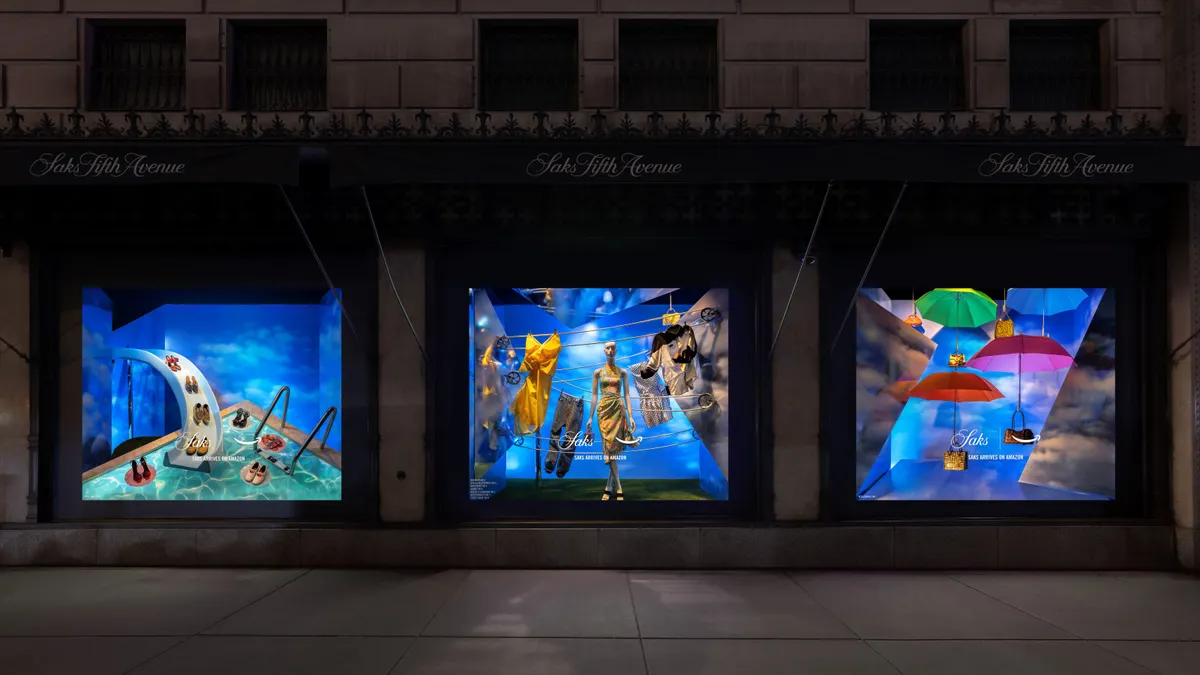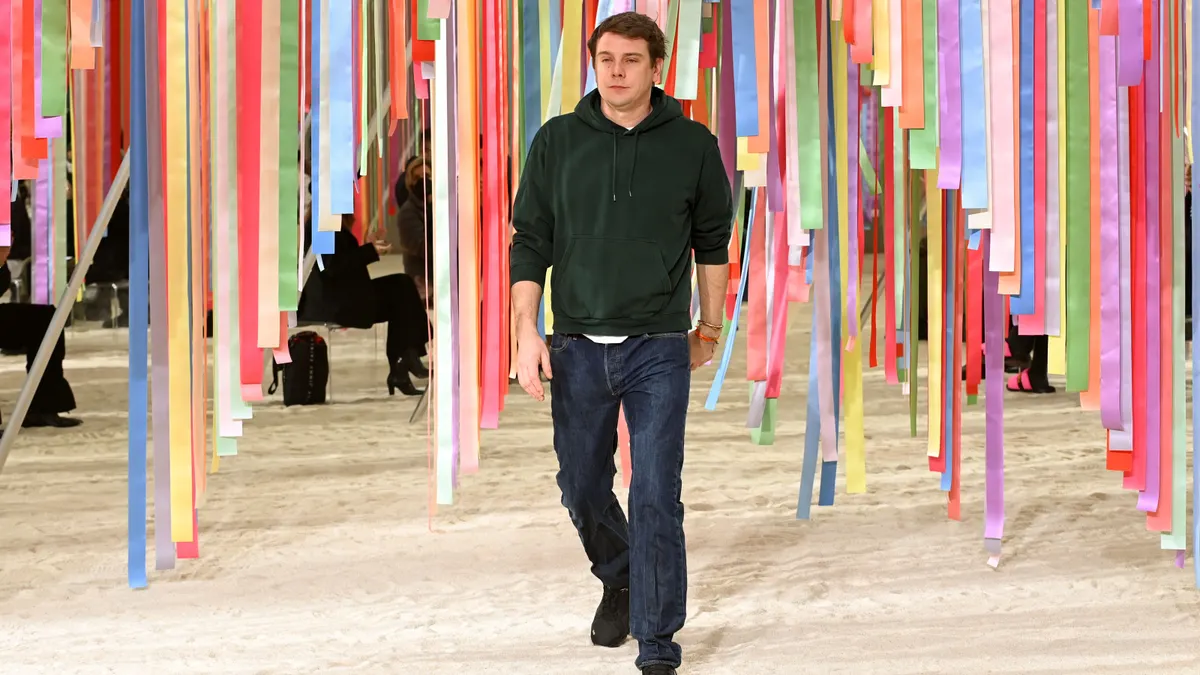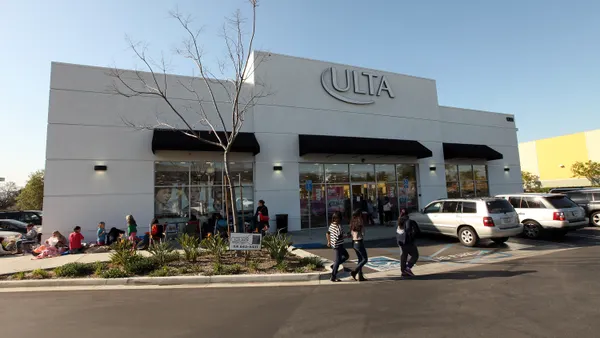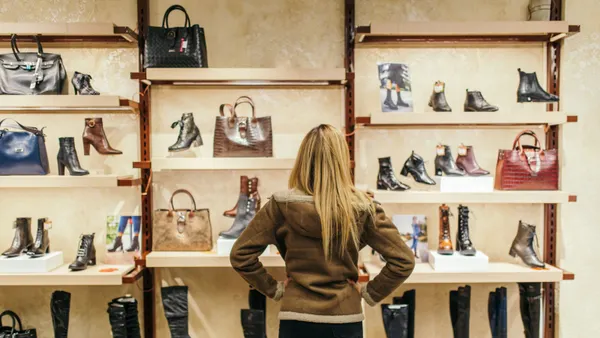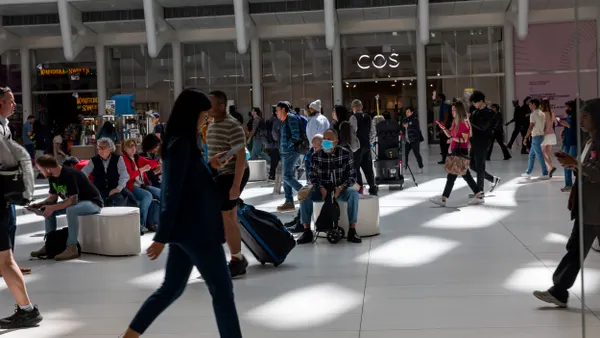Dive Brief:
- Signaling ongoing demand, U.S. beauty product sales at mass merchants reached $30 billion last year and comprised most of the sales across beauty categories, according to a Circana report shared with Retail Dive.
- Prestige beauty brands, including at department and beauty specialty stores, had both sales revenue and unit sales grow faster than the mass market in 2022 while also experiencing the softest price increases, acting as the “growth engine for the industry.”
- Sales for fragrances priced more than $150 rose 16% last year compared to 2021. While skin care was the mass market’s best performing category in 2022 based on sales revenue gains, facial skin care sold in the mass market was the best-performing category compared to the entire beauty industry, the report said.
Dive Insight:
Consumers aren’t just continuing to shop for beauty, they are “trading up” to prestige.
“For many consumers, beauty is indispensable,” Larissa Jensen, beauty industry advisor at Circana, said in a statement. “In fact, among beauty shoppers who reported reducing their overall spending due to inflation, seven out of ten said they were not cutting back on their beauty spending. On the contrary, consumers have shown us that when economic sentiment gets shaky, they turn to prestige beauty products for an emotional lift. This ‘treat mindset’ is a big piece of what ties the complete beauty industry picture together.”
Jensen attributed an increase in high-end fragrance sales to consumers’ pursuit of self-care and wellness. For consumers who wear fragrance, half said they are interested in those products because of their connection to a physical or health benefit such as relieving stress, restoring focus or giving energy. Meanwhile, 71% said they sought a scent that improves their mood.
Circana’s report builds upon previous research regarding demand for beauty products. According to a 2022 1010data report, online sales among prestige beauty brands dipped by 14% last year compared to 2021, which was in part attributed to beauty shoppers returning to physical stores. Additionally, an NPD Group report from last year found that consumers with an annual household income of over $100,000 spent almost $9 billion on beauty products in the first six months of 2022, a 14% increase from the previous year.
Ulta is one retailer that has seen an increase in sales, even during a time of inflation which has causing shoppers to pull back from discretionary purchases. In Q4, the retailer’s net sales rose 18.2% compared to Q4 2021, and its net income increased 17.8% year over year, while net sales for the year increased to over $10 billion.
“One of the factors underpinning beauty’s success is the fact many people see it as a very important indulgence that makes them feel good or gives them confidence,” GlobalData Managing Director Neil Saunders said in a statement at the time of Ulta’s earnings. “Beauty is no longer a category that is just about adding a bit of color to a complexion. It is now concerned with health, vitality and wellbeing and with helping consumers remedy problems with skin, hair and other things.”





